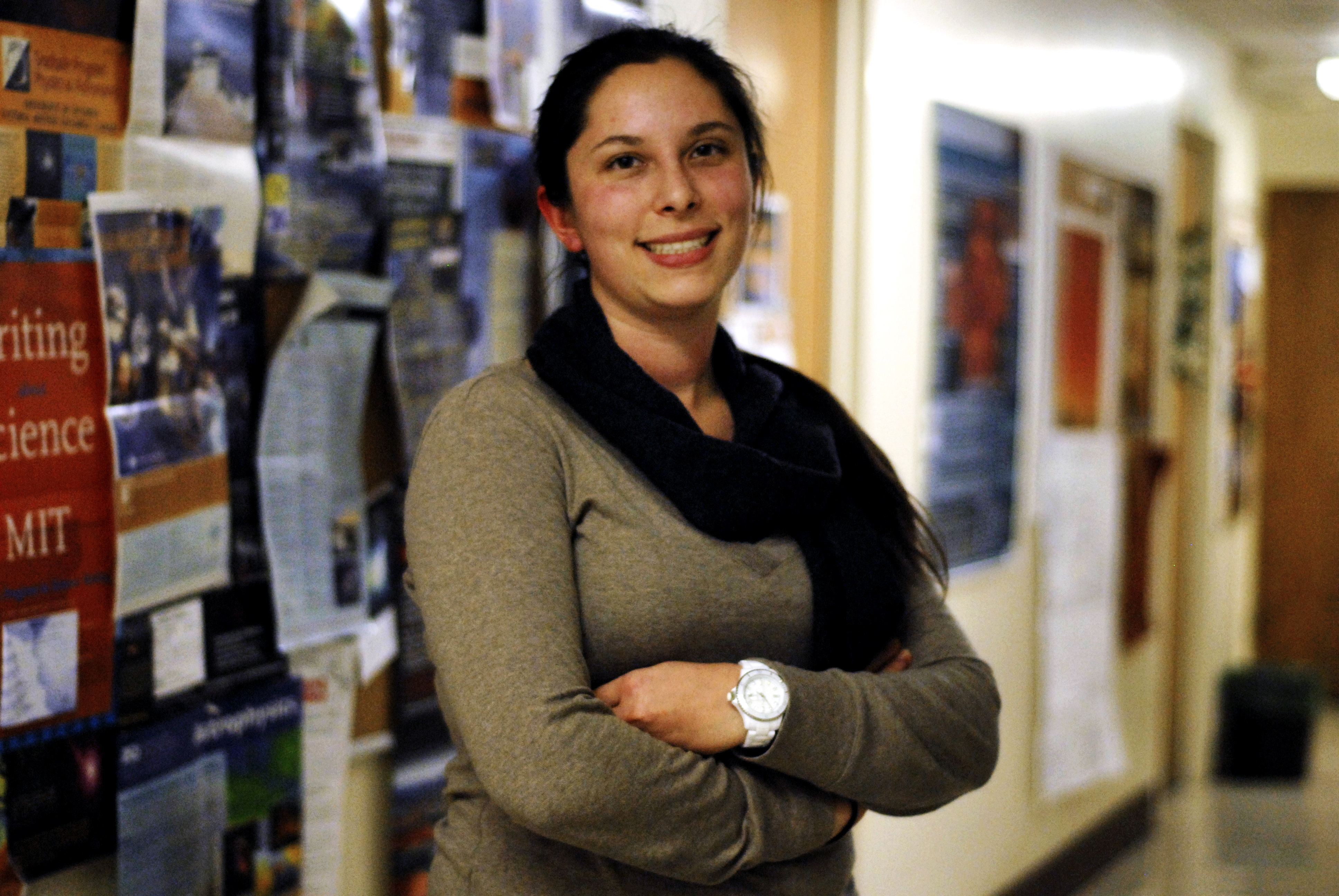Alexis Popkow’s mother was an engineer in the 1970s, when the ratio of men to women engineers was nearly 20-to-one, Popkow said.
Now a physics graduate student at UCLA, Popkow is following in her mother’s footsteps as a woman in a predominantly male field.
The physics program has the highest male-to-female ratio in any graduate program at UCLA.
There are 116 men enrolled but just 17 women, according to the graduate division’s statistics for 2010 admissions.
“At this point I barely notice it,” Popkow said. “In undergraduate school it had already started to separate, especially when people started specializing.”
Though the physics program represents a male-dominated field, there are also many fields that are mostly or entirely female-dominated.
According to statistics from the UCLA Institutional Research Office, 84 percent of art history students are female.
“There are no men,” said art history doctoral candidate Nico Nachida, laughing. “But even so, it doesn’t make a qualitative difference (to our education).”
Professors and students agree that these ratios do not have a negative effect on the art history department.
“The department is definitely primarily feminine, but there is a reasonable balance, I think, as far as the faculty numbers are concerned,” said Susan Downey, a professor of art history.
Downey started teaching at UCLA in 1965, when the art history department consisted of “a lot of older men and very few women.”
However, the demographic of the faculty has become more balanced, with six men and 11 women, Downey said.
Even with the uneven statistics and classroom settings as proof, students say they think the female majority does not make a noticeable difference or affect their experiences.
Popkow said she is mostly optimistic about her strengths in her field.
Compared to her male peers, Popkow said she has similar research experience and undergraduate education.
“I learned from my mom, I guess,” Popkow said. “I wasn’t ever expecting (the ratio) to be anything else.”
Troy Carter, a physics professor, said that although there are no concrete plans in place to increase female enrollment, the department has discussed outreach to get more female students interested in the field.
“I think the gap starts in undergraduate education and pipelines into graduate programs,” Carter said. “I also teach undergraduates, and I can start seeing the disparity even in the upper level introductory physics courses.”
He added that not having a diverse set of people in the classroom can affect learning, and said it is in the department’s best interest to get more women enrolled in the program.
